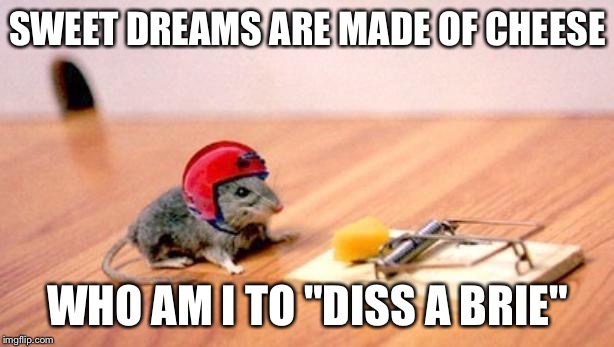As educators, we all want students to understand the world holistically, but we still tend to teach each subject independent from all other subjects. Food is an effective way to capture the attention of students and provide a useful tool for creating a more global and cross-curricular learning environment. This global approach to learning has been shown to produce deeper understanding of the concepts being taught.
Making cheese, which seems on its face to be a fun break or a supplemental activity, can be used to discover important concepts and ideas that span an entire range of subjects. These subjects include, but are not limited to, chemistry, history, and geography. Hands-on learning activities help to create interest and to create better retention of learned material.
In that spirit, try one of my favorite activities. I use this activity at the Houston Museum of Natural Science to make learning and discovery memorable. It is a culminating activity for my Iron Age lab. It’s simple, affordable, and the kids love it! Why not give it a try?
A Little Bite of Cheesy History
Milk has been a major source of nutrition from the earliest of times. Milk is full of protein, fat, calcium and other important vitamins and minerals. It just so happens that it’s also full of water and sugars, which have no real nutritional value and cause the milk to spoil quickly without refrigeration. With the invention of cheese, man found an ingenious way to prolong the shelf-life of milk.
Because bacteria love a moist and nutrient-rich environment, milk spoils easily. In antiquity, there was no refrigeration, so unless it was cold outside, fresh milk could not be saved from day to day. No one knows how, but our ancestors figured out the trick to preserving milk. They discovered that calves have a substance called rennet in their stomachs that separates the milk solids and fats from the water in the milk they suckle from their mothers. We know that animal stomachs were used to transport and hold liquid, so it’s possible the milk turning to curds and whey was a fortuitous accidental discovery.
The first cheesemakers found that if they added some rennet to fresh milk, it would soon separate into two separate parts. We call these two parts the curds (where the good stuff is) and whey (mostly made up of water and some sugars). They learned that they could extract even more moisture from the curds if they cut them up and added salt to them, which also had the benefit of adding flavor to the cheese. Heating and pressing were also used to expel additional liquid from the curds. If left to age, molds and bacteria colonized the cheese, making it even more tasty! Thus was born an easy-to-make, non-perishable, transportable food for everyone!
Tasty Science: Make Your Own Ricotta!
Let’s get started! Here’s what you need:
- 4 cups whole milk
- 2 cups heavy cream
- 1 teaspoon kosher salt
- 3 tablespoons good white wine vinegar
- Measuring cups
- Measuring spoons
- Pots
- Hot plates (or a stove)
- Mixing spoons
- Large bowls
- Sieves
- Cheesecloth
- Water
- Paper towels
First, set a large sieve over a deep bowl. Dampen two layers of cheesecloth with water and line the sieve with the cheesecloth. Next, pour the milk and cream into a pot and stir in the salt.
Bring to a full boil over medium heat, stirring occasionally. Then, turn off the heat and stir in the vinegar. Allow the mixture to stand for one minute until it curdles. It will separate into thick parts (the curds) and milky parts (the whey).
Pour the mixture of curds and whey into the cheesecloth-lined sieve and allow it to drain into the bowl at room temperature for 20 to 25 minutes, occasionally discarding the liquid that collects in the bowl. The longer you let the mixture drain, the thicker the ricotta.
Transfer the ricotta to a bowl, discarding the cheesecloth and any remaining whey. Use immediately or cover with plastic wrap and refrigerate. The ricotta will keep refrigerated for four to five days.
This is a basic but tasty cheese and anyone can be successful in making it. If you decide to incorporate this activity into your classroom, please share your “cheesy” pictures with HMNS on Facebook or Instagram under the hashtag #HMNS.







